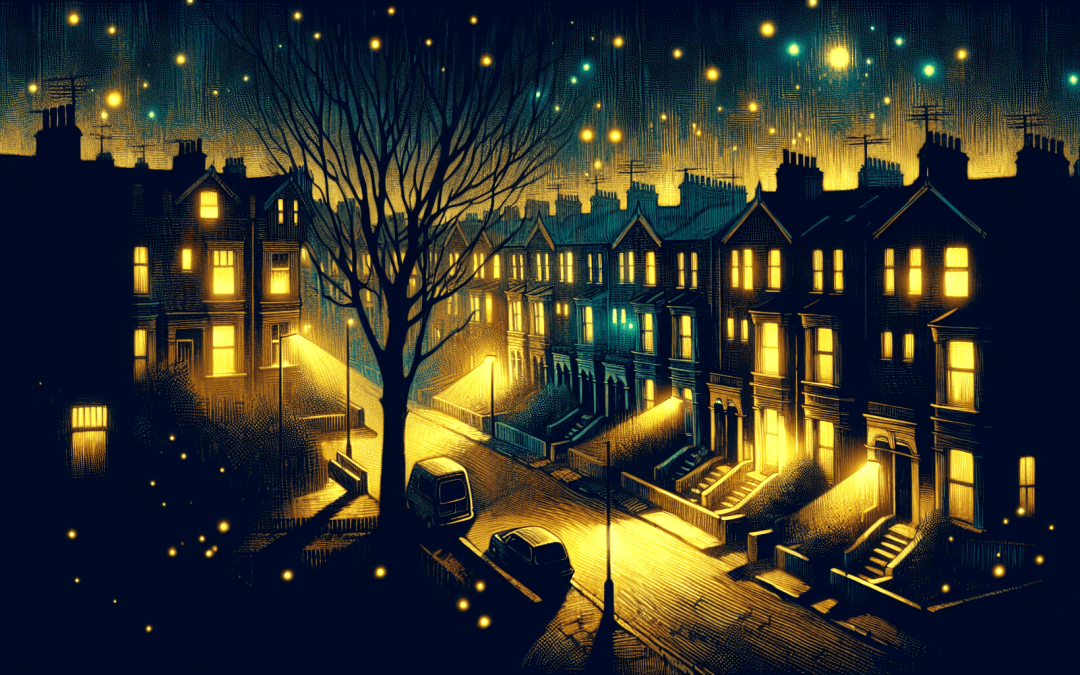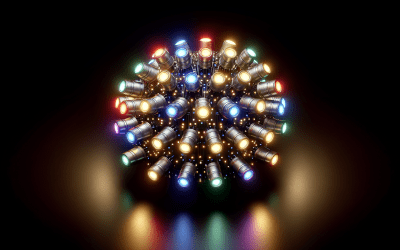Introduction
Imagine this: you’re settled into your cosy armchair late at night, the latest thriller novel open in your hands, when suddenly your room is punctuated by a persistent flicker from your overhead light. Quite a mood-killer, right? Flickering lights aren’t just annoying and disruptive; they can also be telltale signs of deeper electrical problems in your home, potentially posing serious safety risks. As lighting experts in Brisbane, we’re here to shed some light on this matter.
However, don’t be worried just yet, most causes of flickering lights can be easily resolved, provided you know the root of the problem. So, sit back while we unravel the mystery behind your dancing lights.
Quick Summary
Flickering lights can result from a variety of issues, such as loose bulbs, voltage fluctuations, faulty light switches, problematic circuit connections, or outdated bulbs. Understanding and rectifying these issues protects your property from potential electrical accidents.
The Main Causes for Flickering Lights
Identifying the cause of flickering lights is vital for correct diagnosis and effective solution. Things aren’t always as simple as screwing in a loose bulb tighter. You may be looking at complex issues like voltage fluctuations or deteriorated wiring.
Let’s break down some common culprits that might be playing with your light system:
- Loose Light Bulbs: One of the simplest causes of flickering lights. If your bulb isn’t installed properly, it could flicker.
- Light Switches: Sometimes, the problem lies with the light switch failing to make proper contact with the bulb.
- Fluctuating Voltage: A more serious reason for flickering lights is voltage fluctuation, which could arise from several issues like overloaded circuits, damaged wiring, or faulty equipment.
- Problematic Circuit Connections: Loose or corroded connections in your light circuit can also be behind your flickering lights, necessitating immediate attention from professionals.
- Outdated Bulbs: Old, outdated bulbs can also flicker due to reduced efficiency.
In-Depth Analysis of Possible Causes
Let’s dive deeper into these reasons and try to understand their significance. Sometimes, a loose bulb only needs a quick tightening to solve the flickering. In this case, just turn off the switch completely, let the bulb cool down and then check its installation. If the flickering persists, you might be looking at an obsolescent bulb that needs replacement – consider updating to LED lighting, which is considerably more energy-efficient, reducing electricity bills and often lasting longer than other lighting types.
You may also face a situation when a light switch that isn’t making proper contact with the bulb’s circuit, leading to occasional flickering. This is easy to diagnose – if the lights flicker when you turn them on or off but remain stable otherwise, you’ve likely got a switch problem on your hands.
More Serious Causes of Flickering Lights
Sometimes, the problem may be more profound, like voltage fluctuation. If you notice your lights dimming down when a high wattage appliance like an air conditioner or washing machine turns on, then you know it’s a voltage issue. You can use a voltmeter, or get help from a professional like us at pendant lighting installation in Brisbane to check the voltage in your home.
Loose or corroded connections in your light circuit, a potentially dangerous situation, could also cause flickering lights. These may lead to electrical fires and should be addressed immediately by certified electricians.
The Role of Bulb Type in Light Flickering
The type of bulb could also be a factor contributing to the flicker. Traditional incandescent bulbs tend to flicker more than their modern counterparts like LEDs or CFLs, due to their outdated technology. In our experience, it’s common to see reduced flickering in homes after an upgrade to LED lights.
Moreover, the bulb’s lifespan also plays a crucial role here. Like all electrical equipment, bulbs also have a designated lifespan after which their efficiency decreases. If you’re curious how long do LED lights last, you might be surprised to learn they can continue to illuminate your homes for a whopping 25,000 to 50,000 hours!
Conclusion
In conclusion, the problem of flickering lights might seem as simple as tightening a loose bulb, but sometimes the issue might be more significant that requires the attention of emergency lighting services in Brisbane. Ensuring regular checks and maintenance of your home’s electrical network can help prevent such issues.
Nobody wants to live with a constant light show happening at home, especially not when it poses a risk to your safety. Remember, if you’re unable to diagnose the issue causing your flickering lights, it’s always better to consult professionals. As the saying goes, “Better safe than sorry”. So, don’t let the flicker tick you off; call your local lighting solutions expert to have a look.







